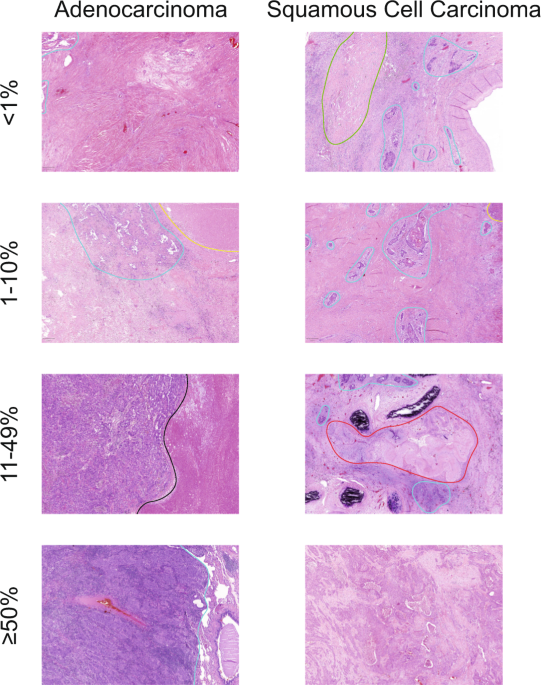|
Anapafseos 5 Agios Nikolaos 72100,Crete,Greece,00302841026182,00306932607174,alsfakia@gmail.com
Blog Archive
- ► 2022 (3010)
-
▼
2021
(9899)
-
▼
April
(838)
-
▼
Apr 06
(66)
- IBCC – Acute Liver Failure
- Molecular landscape of IDH-mutant primary astrocyt...
- Bone-conduction threshold and air-bone gap may pre...
- Parent mediated intervention programmes for childr...
- Two birds with one stone.–Addressing depressive sy...
- Tinnitus treatment by vagus nerve stimulation: A s...
- Providing open-label placebos remotely—A randomize...
- PulmCrit Wee: High-titer convalescent plasma fails...
- PulmCrit Wee – Therapeutic anticoagulation for COV...
- NUTM1-rearranged colorectal sarcoma: a clinicopath...
- A prognostic score for non-small cell lung cancer ...
- IBCC – Acute on Chronic Liver Failure (ACLF)
- Is the 4AT Score Accurate in Identifying Delirium ...
- The Use of Tranexamic Acid to Reduce the Need for ...
- Revisiting the Ten Commandments of Emergency Medic...
- Assessment of the Thyromental Height Test as an Ef...
- A Boy with a Sublingual Mass
- Woman with a Painful Rash on Face
- A Man with Weakness of Half his Face After an Ear ...
- Man With Chest Tightness and Hoarseness
- Child With Leg Pain
- Man With Wound on the Penile Shaft
- Middle-aged Man Recovering from COVID-19 Pneumonia
- Antibiotics Versus Appendectomy for Acute Appendic...
- Calcified chondroid mesenchymal neoplasms with FN1...
- Genetic differences between benign phyllodes tumor...
- Factors associated with myocardial SARS-CoV-2 infe...
- Nuclear expression of DDIT3 distinguishes high-gra...
- IBCC – Acute Eosinophilic Pneumonia (AEP)
- Emergency Department Visits for Nonfatal Opioid Ov...
- Allergic rhinitis is associated with atmospheric S...
- Allergic rhinitis is associated with atmospheric S...
- Cytoplasmic ADP-ribosylation levels correlate with...
- Recurrent novel HMGA2-NCOR2 fusions characterize a...
- PulmCrit Rant – Intermediate DVT prophylaxis in CO...
- Triple-negative breast lobular carcinoma: a lumina...
- IBCC – Stupor & Coma
- Diagnostics for Gonorrhea and Chlamydia in the Eme...
- Boy with Abdominal Pain
- Woman with ST Changes Following Days of Vomiting
- ECG of the month: A “de Winter”-like ECG pattern i...
- Symptomatic Emergency Department Patients Should U...
- Bridging Oceans and Thrombolysis
- Young Man with Odynophagia
- Highlighting the Concepts of Local Exhaust Ventila...
- Elderly Man With Chest Pressure
- Man With Seizure
- A Woman with Out-of-hospital Cardiac Arrest
- Man With Syncope
- Man With Fever and Groin Mass
- High prevalence of methotrexate use in patients wi...
- Inflammatory rhabdomyoblastic tumor with progressi...
- Toward a unifying entity that encompasses most, bu...
- PDGFB RNA in situ hybridization for the diagnosis ...
- A Cross-sectional Analysis of High-Acuity Professi...
- Managing a Cutaneous Abscess in the Emergency Depa...
- IBCC – Alcoholic hepatitis
- Prevalence of hearing loss in school aged Nepalese...
- Monopolar electrocautery tip vs plasma ablation in...
- The otolaryngologic manifestations of Sotos syndro...
- Improving community-based care for children with a...
- Challenges faced by parents when seeking diagnosis...
- Persistence of choking injuries in children
- Morphologic subtypes of lobular carcinoma in situ ...
- Short lingual frenulum and head-forward posture in...
- Satellite habilitation centres following cochlear ...
-
▼
Apr 06
(66)
-
▼
April
(838)
- ► 2020 (4138)
- ► 2019 (2429)
Αλέξανδρος Γ. Σφακιανάκης
Tuesday, April 6, 2021
IBCC – Acute Liver Failure
Molecular landscape of IDH-mutant primary astrocytoma Grade IV/glioblastomas
|
Bone-conduction threshold and air-bone gap may predict frequency-specific air-conduction threshold after tympanoplasty
|
Parent mediated intervention programmes for children and adolescents with neurodevelopmental disorders in South Asia: A systematic review
|
Two birds with one stone.–Addressing depressive symptoms, emotional tension and worry improves tinnitus-related distress and affective pain perceptions in patients with chronic tinnitus
|
Tinnitus treatment by vagus nerve stimulation: A systematic review
|
Providing open-label placebos remotely—A randomized controlled trial in allergic rhinitis
|
PulmCrit Wee: High-titer convalescent plasma fails again for hospitalized COVID patients
|
PulmCrit Wee – Therapeutic anticoagulation for COVID ICU patients: Is the heparin vial half empty, or half full?
|
NUTM1-rearranged colorectal sarcoma: a clinicopathologically and genetically distinctive malignant neoplasm with a poor prognosis
|
A prognostic score for non-small cell lung cancer resected after neoadjuvant therapy in comparison with the tumor-node-metastases classification and major pathological response
|
IBCC – Acute on Chronic Liver Failure (ACLF)
|






